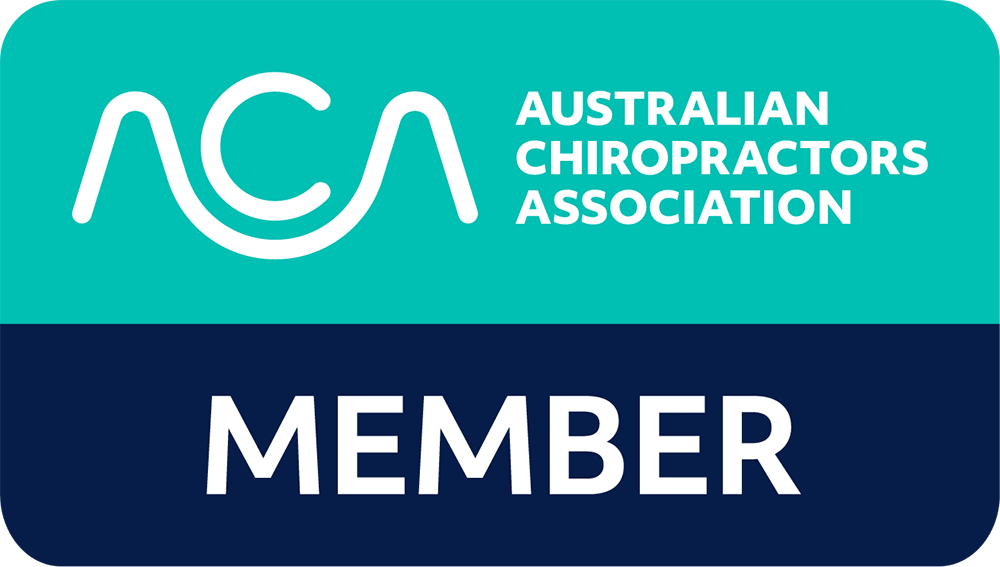
Now I can be fairly confident in saying that those of you who train, would like to keep on doing so. And of those of you who train / exercise, again it can be fair of me to say that you’d most probably like to do so without pain and keep performing at your best, for as long as possible. Right?
As a sports based Physiotherapist in clinic, I love helping people return to what they enjoy doing most. Over the years I have helped many conditions including joint / ligament sprains, muscle tears, rehab after fractures and rehab post-surgery.
Something I am really passionate about however, is helping people reduce their overall risk of injury in the first place. I like to call this, the prevention care plan, or pre-hab.
Now while we can’t account for injuries due to direct trauma in the sporting realm, i.e. someone tackling you and you land or twist awkwardly – what we can do is help your body become more robust in the first place, making your chances of injury less.
This typically involves a good strength and conditioning based program performed in your pre-season (if an athlete) and furthermore in an ongoing manner. Lots of studies have shown a reduction in tendon and ligament based injuries in those who strength train.
For example, someone who weight trains and performs deadlifts and squats and other exercises which mimic their demand (jumping / dynamic stability based work), will have a much less likely chance of let’s say straining their hamstring or rupturing their ACL in the first place.
A lot of injuries related to exercise tend to occur without any form of contact. The common example is a complaint along the nature of:
“I was running. Felt a little bit of tension however I was still able to run. Over time this got worse and worse, and now it’s painful with every step I take”.
Now there are many factors that have been studied which can impact on this. It’s not all about a good, functional strength program. But many other factors which can keep you at your best. These include:
- Adequate warm ups: Mimic the movements your about to perform at a much lighter load. Certain sports have specific protocols which have been proven to be associated with reduced risk of injury. These include the FIFA 11 and AFL FOOTY FIRST. Both linked with reduced risk of hamstring injuries and ACL tears.
- Adequate sleep: studies show less than 6 hours per night revealed increased risk in injury in football players.
- Nutrition: Having diets high in protein and magnesium can assist with recovery.
- Overall Load: Doing too much too soon is never a good idea. Progressively load and make your exercise routine harder over time. A general rule of thumb I like to follow with not only strength programs but aerobic programs is to progress by 2% overall load per week. This way your body has time to adapt as you go.
- Rest: Our bodies need time to recover between workouts. 48-72 hours between workouts is ideal to allow healing to occur, before you go and push them again.
Now in the cases when your overall demand exceeds the above factors, injury may occur. In this case, your training needs to be modified under the guidance of a physio to help you get back to where you need to be as fast as possible.
Furthermore, we know that as we age, our muscles and bones can become a little weaker. We also know that as a result, an overall decline in function can occur. What we also know is that regular exercise slows down any age related decline in function and in many cases can help reverse it!
I could stay here and talk about this forever, however if there is one thing you can take away from this – I would recommend that you remember to play the long game. It’s not in your best interest to exercise as hard as possible, once. It’s better to maintain all the above factors and develop a routine that you enjoy and can maintain over the course of your life.
Remember, it’s a marathon not a sprint!

